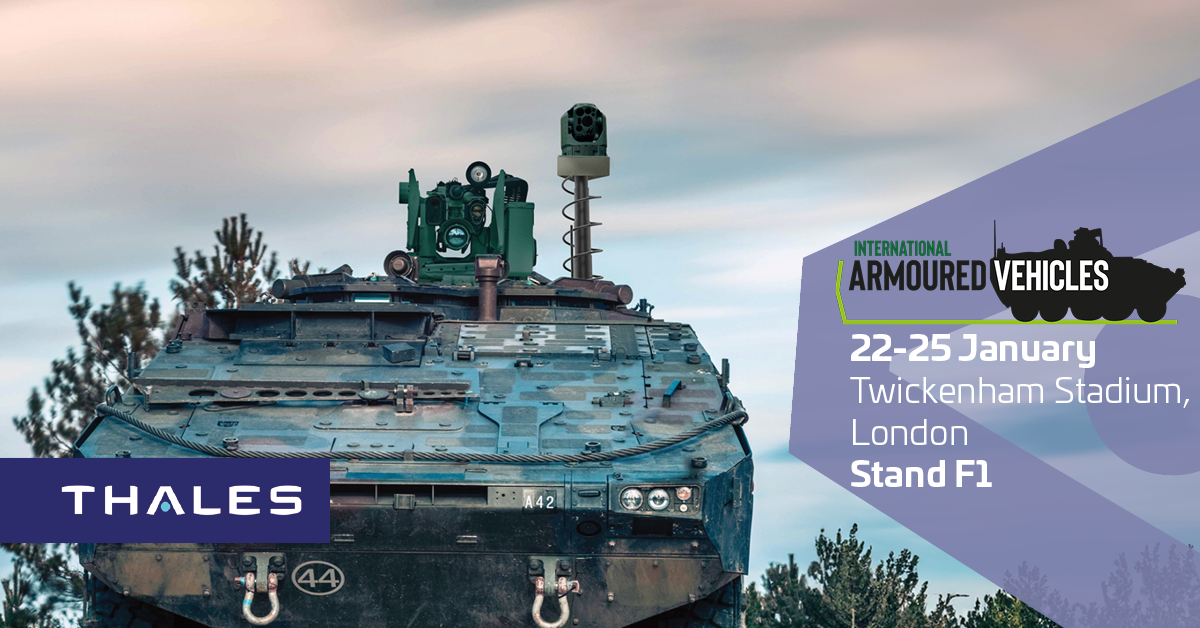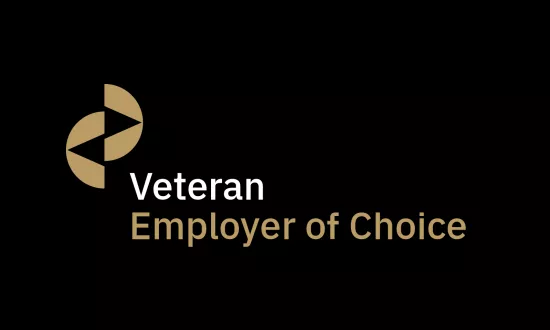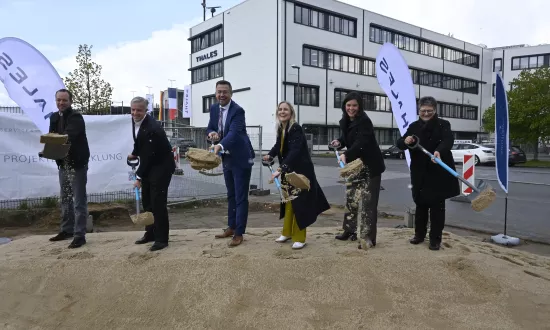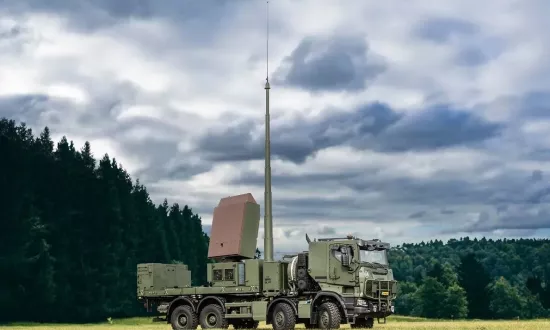Seeing beyond the sight: the future of sighting systems and the digital battlefield
 Have you ever wondered, as you roam the floor at an event like the International Armoured Vehicles Conference (IAVC), how far back in history you would have to go before the equipment you’re seeing became unrecognisable, even to a trained military mind?
Have you ever wondered, as you roam the floor at an event like the International Armoured Vehicles Conference (IAVC), how far back in history you would have to go before the equipment you’re seeing became unrecognisable, even to a trained military mind?
Given this year’s IAVC theme – ‘How will we fight in the future?’ – it’s a question that commands more than idle speculation. Perhaps, if people try to view the present through the eyes of the past, they stand a better chance of glimpsing how warfare will evolve in the years and decades ahead.
Consider the vehicles themselves. It’s hard to imagine a Napoleonic artilleryman knowing what to make of a Challenger II. If, however, he saw it rumbling across the battlefield in his direction he would, no doubt, quickly come to appreciate its utility.
Then consider some of the more abstract systems. Although a WW2 veteran might be nonplussed by a term such as C6ISR, they’d soon grasp the concept itself if you started by defining command and control, and went step by step from there.
What history can teach us about the future of warfare
The specific utility of asking what a mid-20th-Century soldier would make of the systems the defence industry is developing is threefold.
First of all, it keeps organisations like Thales, as industry suppliers, humble. It reminds them that the essential nature of warfare doesn’t change. However sophisticated industry believes their equipment to be, the fundamental principles – and the fundamental risks – are the same.
Second, it prompts industry suppliers to look beyond the PQQs, ITNs and long lists of technical requirements, and to appreciate ‘the need behind the need’. While the essential nature of warfare doesn’t change, it’s vital to understand its ever-changing character if industry is to help deliver an enduring, battle-winning edge to our armed forces. Suppliers must always remember that, whether new technologies guide, enable or respond to changes in how we fight, the technology itself is of no inherent value outside of its purpose – and that purpose, if it changes at all, often does so very slowly.
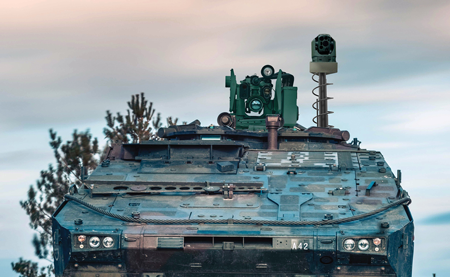
Take, for example, a tank sight. In many essential respects, the central purpose of Thales’ work in this area remains unchanged: to enable users, as the adage goes, to ‘see first, shoot first, hit first’. Look beyond the lasers, the thermal imaging technology, the tracking systems and the threat-detection algorithms, and you’ll find that a system like the Panoramic Above Armour Gimbal (PAAG) is simply the latest incarnation in a long and uninterrupted line of optics and optronics dedicated to keeping troops safe and making them more effective.
Again, let’s imagine strapping a veteran of the Mark IV Churchill into a contemporary, PAAG-equipped infantry fighting vehicle. Although they might not understand what makes all this twenty-first century technology so great, they’d have no trouble at all grasping how great it would make them. The PAAG lets them see for miles in every direction in any weather, day or night. It lets them identify threats and engage targets at long range. Perhaps most importantly, it lets them do all this while on the move and without anyone needing – quite literally – to stick their neck out.
It might take a little longer for this veteran to appreciate how all this technology, as well as accelerating the OODA loop, reduces the cognitive burden in an operating environment that’s arguably more complex, fluid and fast moving than it’s ever been. After all, AI systems like Thales’ DigitalCrew don’t make warfighting less mentally demanding; they simply enable users to focus their abilities where they’re going to make the biggest impact, offloading the tasks that machines excel at so that operators can focus on applying their uniquely human skills – their experience, their imagination and their judgement – to the mission.
But when you start putting all this cutting-edge hardware and software together, when you start building systems of systems, you don’t just start doing things differently, better and faster, you’re able to start doing different things altogether.
Only connect: how networked systems will change how we fight
And that’s the third reason we should be looking at contemporary technology through a historical lens when people think about how we’ll fight in the future.
It’s been said that ‘the only creation of Graham Bell’s that was more important than the world’s first telephone, was the world’s second telephone’. In the context of today’s optronics, sensors, and software-defined hardware, you could make a similar point. Capabilities like the PAAG are individually extraordinary but, taken collectively and effectively networked, they’re nothing short of revolutionary. Their potential to change how we fight is, to extend the analogy, as great as the potential of a telephone network to support not just conversations but a World Wide Web.
Take, for example, collaborative combat. The name suggests ‘interoperation’ but it’s so much more than that. Truly collaborative combat is the fusion of soldiers, systems and data to form a single instrument, operating in total synergy and with near-zero latency.
The concept extends beyond the individual team or vehicle. Whereas a single vehicle might in the past have been responsible for identifying, prioritising and engaging a given threat, now those tasks can be swiftly and optimally apportioned across a troop or squadron. Surveillance and sighting systems like the PAAG are typical (as well as critical) enablers of collaborative combat.
The further you step back from the tactical level to the strategic, the greater the potential of collaborative combat to enhance safety and mission success. The advantages increase as the mass of personnel increases and as vehicles and sensors, linked by common architectures, proliferate.
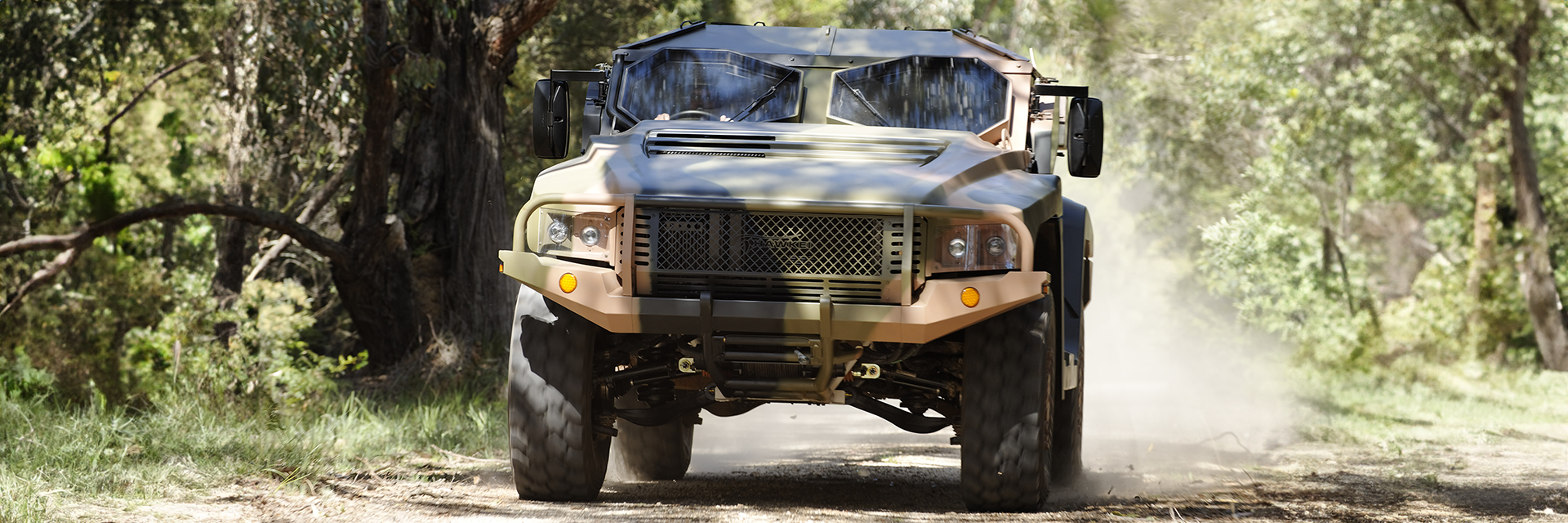
Threats diversify, strategies evolve, but the mission remains the mission
Concepts like this – ones that accommodate changes to the character of war instead of trying to anticipate them – are going to be increasingly important. It is evident that threats will continue to diversify and proliferate, but it’s impossible to know how. The sector also knows that the Army’s strategies, tactics and technical capabilities will need to evolve in line with modernisation and transformation priorities laid out in the Land Industrial Strategy and that the commercial frameworks, through which industry and academia deliver, need to change, hence the importance of initiatives like Programme Mercury, which aims to transform ways of working between MOD and industry.
But some things don’t and won’t change. Innovation, technical or otherwise, will always be crucial but the British Army’s continued success will ultimately depend, as it has always depended, on its readiness, ability and willingness to fight that much harder and that much smarter than its adversaries – and for that much longer.
This means that the role of industry suppliers will remain unchanged, too. The work of industry may occasionally initiate or anticipate change but, more often, it will need to allow the armed forces to accommodate, adapt to and exploit it.
So next time you’re attending an event like IAVC, take a moment and consider what you’re seeing through that historical lens and ask: Why does it exist? Does it do what it’s designed to do? More importantly – and with an eye to the future – ask yourself what it could enable that it’s not designed to enable.
To find out more, visit Thales at IAVC, Stand F1, where you’ll be able to get hands on with the PAAG and go to the outdoor exhibition space to sit inside Hawkei, Thales’ next generation protected vehicle.
Main image (top) UK MOD © Crown copyright 2023
